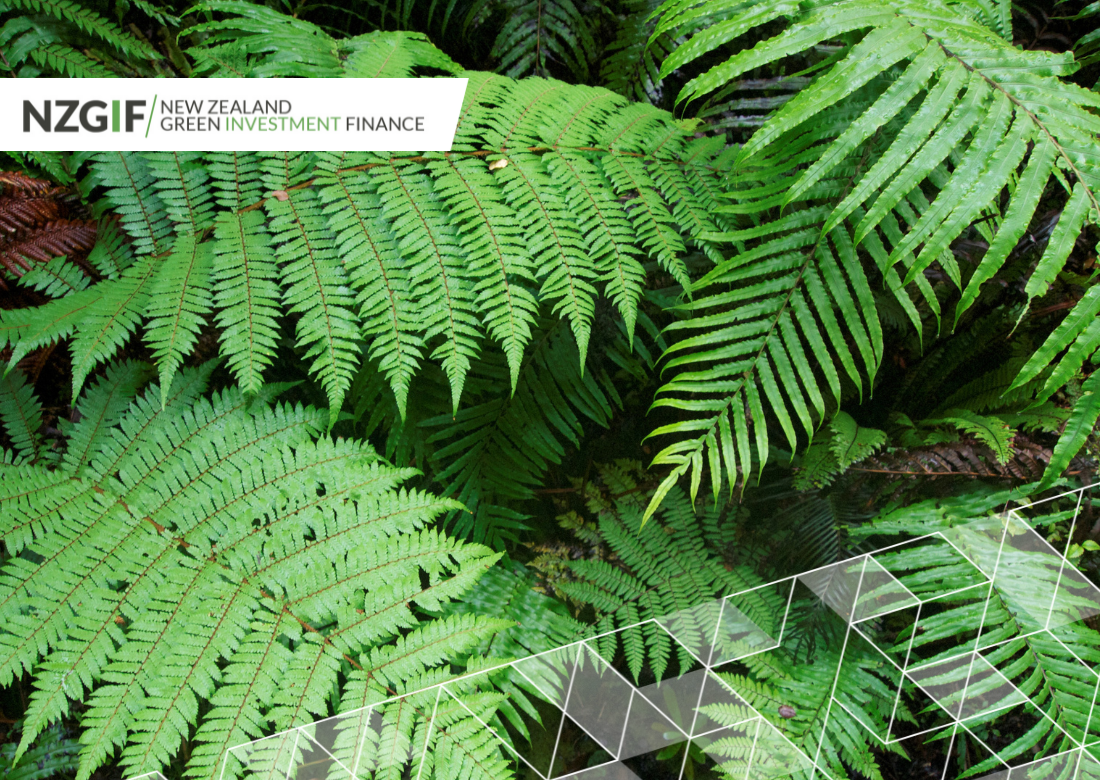
NZGIF Head of Legal Ian MacKenzie explains how the New Zealand Climate Clause Bank is helping reduce emissions.
Decarbonising our economy to meet the international goal of limiting the impact of human-induced climate change to 1.50C is, unquestionably, a huge challenge. It is also one the world (and all of us here in Aotearoa) are not making sufficient progress on. Yet.
And that is where the New Zealand Climate Clause Bank comes in. The initiative, which was launched in February 2023 and updated earlier this year, is a suite of template clauses for contracts that, when added together across hundreds or thousands of contracts, can help drive better climate outcomes.
Spearheaded by New Zealand Green Investment Finance, with the collaboration of some of Aotearoa’s top law firms, the clauses in the New Zealand Climate Clause Bank can be inserted into any contract to help and encourage the parties to take actions that will reduce greenhouse gas emissions.
NZGIF was established by the Crown to accelerate investment that supports Aotearoa’s decarbonisation. We have a mandate to demonstrate to the market how decarbonisation solutions can work. Primarily, that is through our investments in businesses and technologies that will contribute to Aotearoa’s decarbonisation. However, we also believe that market demonstration extends beyond simply making investments, and we think there is real power in many contracts driving better climate outcomes across the economy. And that is why we have worked to develop and road-test these clauses.
The New Zealand Climate Clause Bank builds on the work of The Chancery Lane Project, a global collective of lawyers based in the UK, using contracts for better climate outcomes. Many of the New Zealand Climate Clause Bank clauses have been adapted from The Chancery Lane Project’s work and modified for use in Aotearoa.
The clauses span a spectrum from boilerplate to more ambitious clauses designed to ensure contract parties operate more sustainably in their interactions.
There are simple clauses, which can be used in all contracts, that require electronic signing and delivery of notices to ensure that printing is minimised. There is a clause designed to ‘green’ the dispute resolution process by ensuring parties minimise printing and travel, and take steps to offset residual emissions from the dispute resolution process.
More complex clauses include supply contract clauses that require suppliers to measure their greenhouse gas emissions and take steps to reduce them. Supply contract clauses also allow contract counterparties to terminate a supply agreement where an alternative supplier is identified who can provide the same services in a greener way. This clause alone has the ability to drive significant decarbonisation in the economy as businesses are required to prioritise sustainability in order to win, and retain, business. In an update for 2024, the supply contract clauses also include a gain-share mechanism to help incentivise contract counterparties to decarbonise by providing a financial reward for doing so.
The New Zealand Climate Clause Bank has clauses for inclusion in company constitutions and shareholder agreements designed to make sure companies prioritise working towards Aotearoa’s net zero targets. This includes measuring and reducing greenhouse gas emissions and other actions aligned with that objective (such as encouraging virtual board meetings).
There is also a clause specifically for the property sector that encourages landlords and tenants to prioritise sustainability in buildings, including by creating a framework for improving a building’s sustainability characteristics and requiring the parties to actively minimise waste.
The clauses have the potential to significantly change the way businesses think about climate change and their role in mitigating it. Instead of sustainability being something to attract conscious consumers, businesses would be contractually bound to help save our planet. Sustainability wouldn’t be a differentiating factor – it would be a common factor across the business world.
But the clauses can’t help if they sit in a drawer (or on a website), unused.
And there are plenty of opportunities to use them.
These clauses will be a good starting point for any climate reporting entity serious about demonstrating meaningful reductions in its emissions profile. Why? First, because the clauses allow businesses to embed sustainability in their supply chains. But just as importantly, if a business is willing to contractually bind itself to decarbonisation, that is a real signal of intent; something it can’t walk back from if the going gets tough.
Similarly, any business that is professing environmental credentials should be holding itself to account by using these clauses. Greenwashing is an all-too-prevalent issue. Using contractual commitments to drive better climate outcomes is an excellent way to show that public statements are backed up by substance.
It may not seem like much, but little actions aggregated can make a difference. A common argument against climate action, particularly in Aotearoa, is that we’re too small to affect the outcome. But that has never stopped us from taking on the world before. And every gram of greenhouse gases that doesn’t enter the atmosphere will matter. The impacts of climate change are clearly being felt already, so there isn’t a moment to waste.
As Dr Seuss’s The Lorax has been telling us since 1971 “unless someone like you cares a whole awful lot, nothing is going to get better. It’s not”.
The New Zealand Climate Clause Bank provides a great opportunity for organisations of all types to care every time they sign a contract.
The New Zealand Climate Clause Bank is available for use by all businesses for free. Contact Ian MacKenzie, Head of Legal, at ian.mackenzie@nzgif.co.nz for more information.